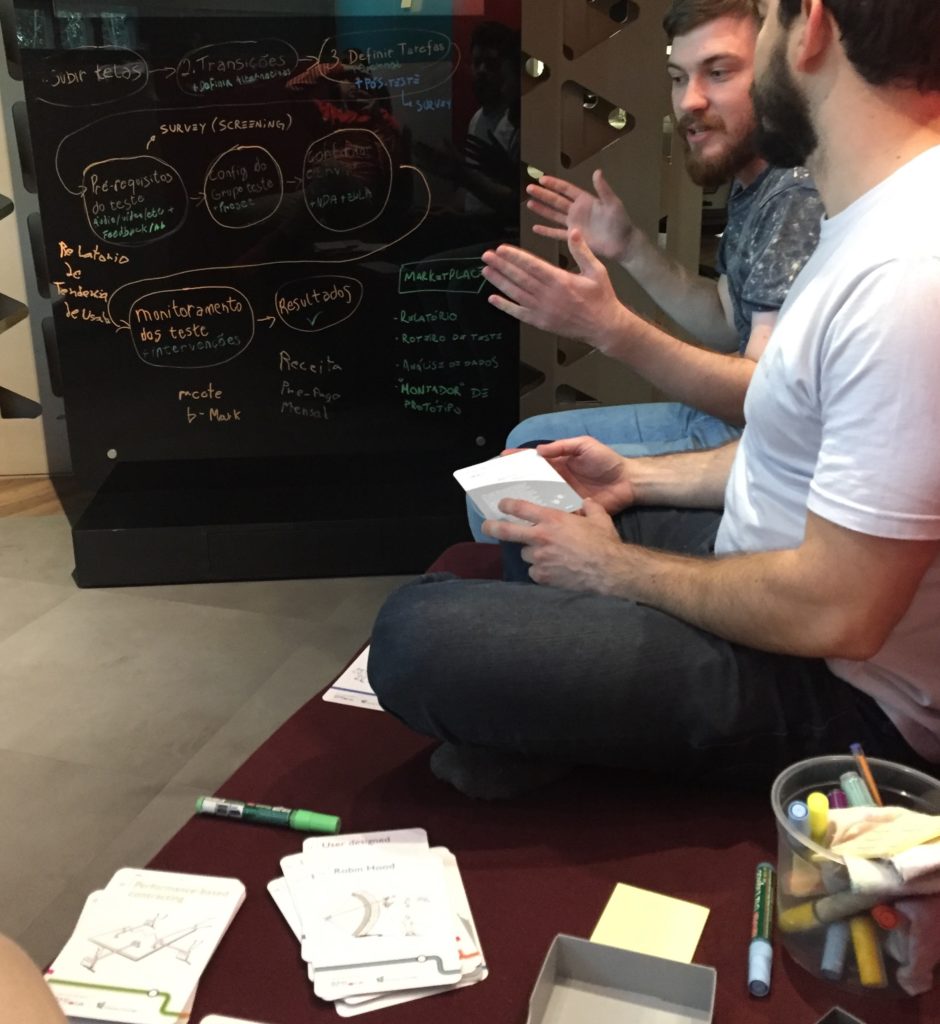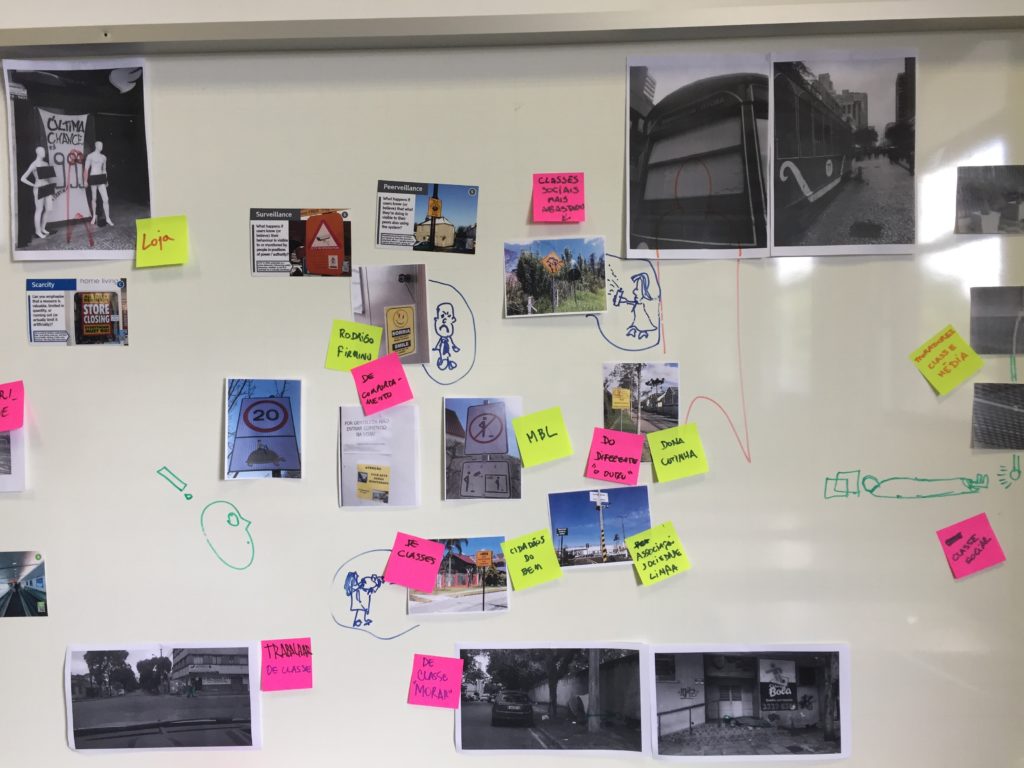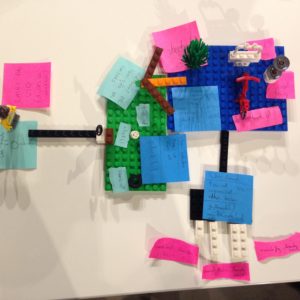Design patterns deconstructs the myth that design projects are created by a single consciousness, the lonely designer. Every project, be that developed by a single designer or by a design team, reproduces common patterns that society at large cultivates.
Card decks collect and organize design patterns with common problems and solutions in a certain design space. I often bring several card decks to classrooms and participatory design workshops to let participants and students realize what is possible in a given design space. My favorite is the one I designed with the Faber-Ludens extended community, UX Cards.

By laying all the cards in a deck onto a table, people can contemplate the design space and expand their understanding of the design object. This expansion is not straightforward, as contradictions arise from the combination of various patterns. By engaging with this kind of friction, participants lose their fear of the unknown as much as they leave behind the confidence provided by linearized design methods and conservative design patterns. More importantly, they realize they need to negotiate with other actors to resolve the frictions. I like to take people to this sweet “chili” spot of learning, where qualitative development may flourish.
I have used pattern-based collaborative design in various projects and workshops, mostly as a tangible representation of the relevant design spaces. In addition to card decks, I use post-its for concrete and specific implementation of patterns, pictures of existing patterns in place, and diagrams sketching their articulation in the past or in the future.

Designing business models




